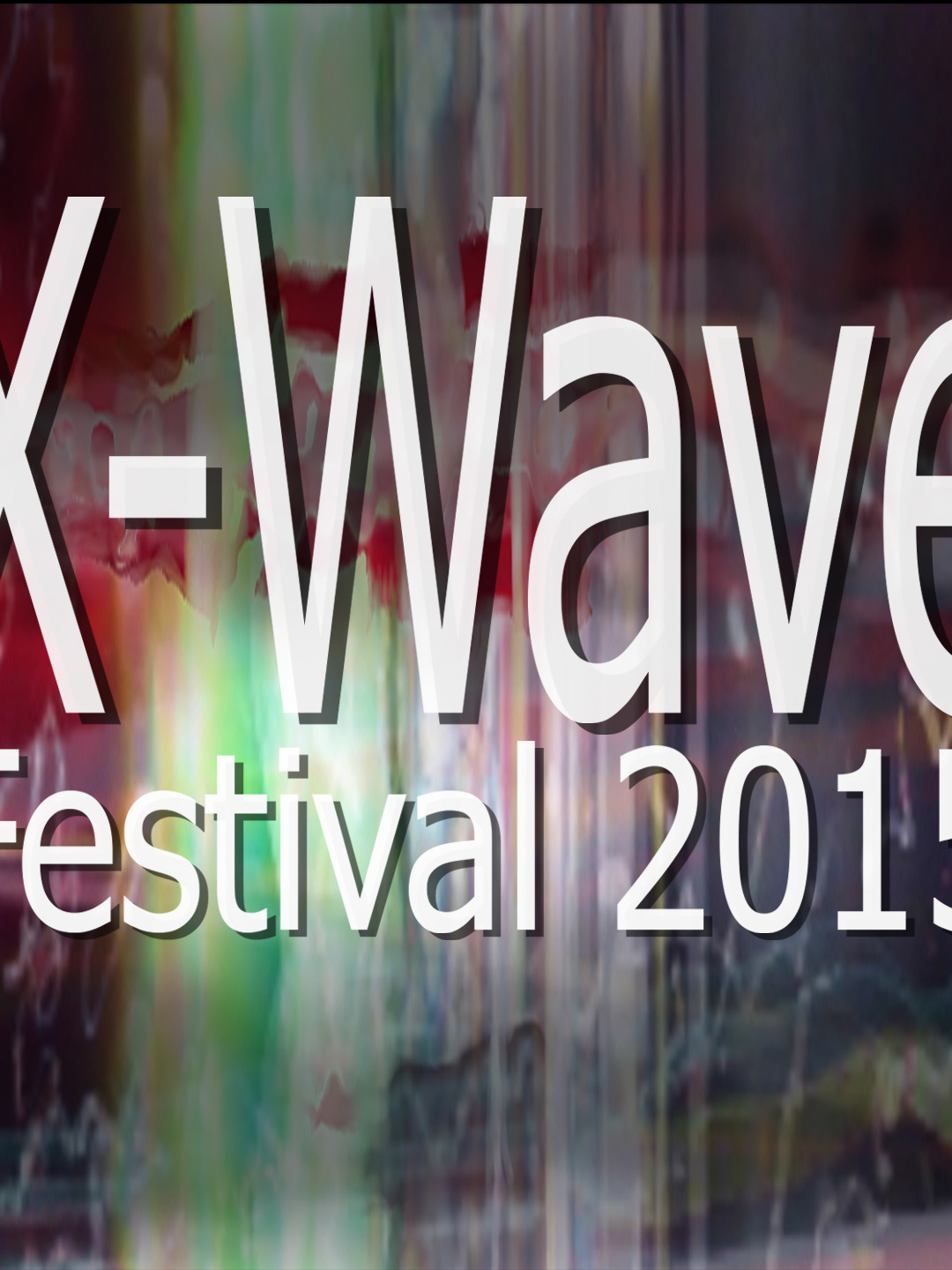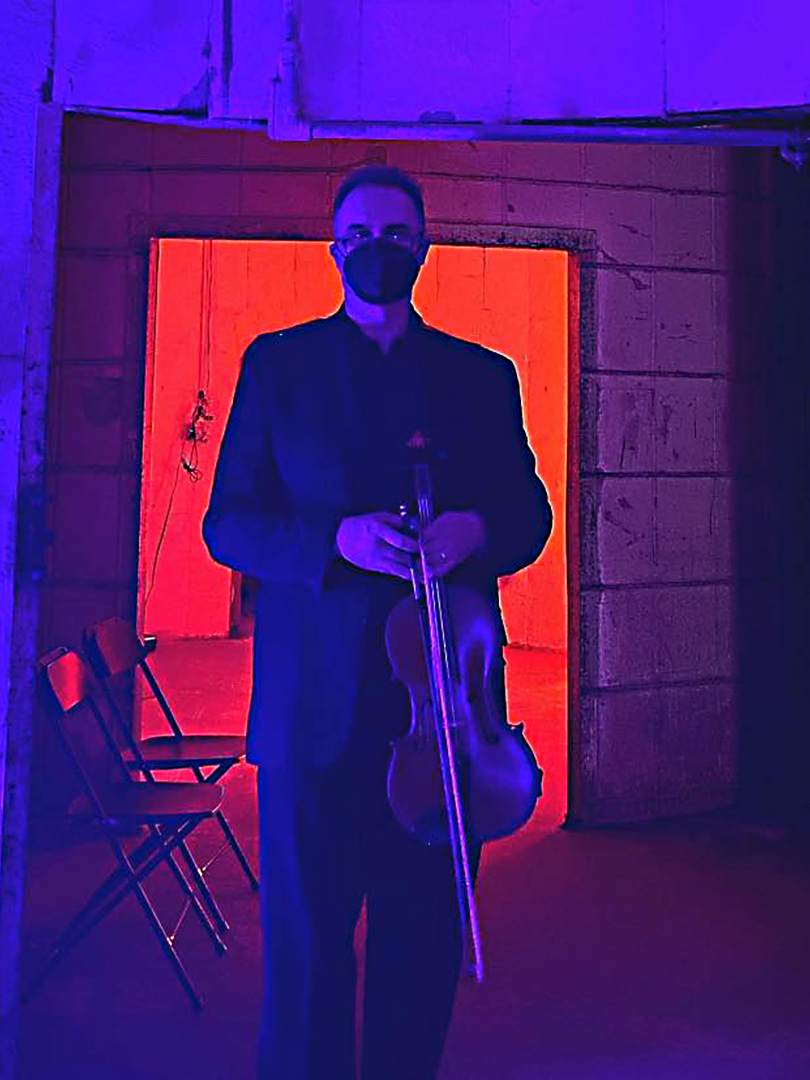Intersections is centered around the transformation of a piano whose very existence was to provide music in an accompanist studio in New York City. Its current state is such that it is able to make sounds but those sounds it makes are not acceptable to traditional music anymore.
We have had many cases of storied instruments owned by exceptional performers with grandiose histories, but what are the stories to the instruments that are the workaday instruments? What are the stories of the people who play them? What are the stories of the materials that comprise the piano?
The instrument is in need of repair and the cost to return it to its original state as well above $12,000. For me, the instrument has transcended its normal parameters as a tool to transmit standardized pitches and frequencies to an audience. I view it more as an elderly being, who, due to extensive life experience, is reaching the end of the path for which it was originally designed. It is a meditation on the human state, and specifically the period of decline. In creating this project, I have decided to not repair the instrument, but to manage its decline much in the way that assistive technologies in the medical field are able to alleviate suffering but not solve the root cause of the disease. Sensors will be added to the original piano. They will take the sounds of the instrument and transform them into visual information. Microphones will be hooked to the governing computer managing the transformation of the data. The public will be invited to add their own words, stories, and recollections of their own family members who have either passed on or who are in decline. The instrument itself will, through my research into its history will also be a repository for its own information and history. This information will be stored by the computer, but it will be accessed through playing the piano. We are at the beginning of this project. The piano will act as a repository of information about the communities that it visits throughout the course of its decline. The piano and its assistive technologies will serve as a repository for the past, a focal point for the present, and a marker for future intersections.
The initial project had two phases. The first phase involved research into the history of the instrument. The second phase of the project involved building a support system of technologies whose goal was not to repair the piano, but to manage its eventual demise. Mechanisms and parts of the piano, when they broke, would not be replaced or fixed. Instead, new mechanisms would be fitted to the broken parts, and materials from the piano will be re-purposed. This metamorphosis the piano from an instrument devoted for sound to an intermedia device capable of a cascade of images and sounds from its past as people play. Additionally new ways of ‘playing’ the transformed instrument will be developed. The application of technology parallels medical treatment for terminal illnesses, whose protocols aim to maintain a quality of life.
Intersections did a very successful first show in the spring of 2017, hosting a number of artists, writers and musicians throughout the month long run. I recorded performances and interviews, built the support mechanisms, and hosted the events. String and key mechanism breakdowns were anticipated, but no breaks happened during first show. Intersections was going to be shown in the fall of 2017 and was stored in the art gallery at Lone Star College Kingwood when Harvey hit, flooding the campus and putting the future of the project in jeopardy.
The fate of the piano was not known until the building was cleaned and repaired a year later. Thankfully the piano was in good enough condition to continue the project. With only the wheels and pedals destroyed, the original mandate of the project will be followed. The wheels will be transformed, and new mechanisms for the pedals will be devised, but in facing the problems of moving the piano, and in the face of what Harvey did to Houston, I realized that the initial transformation of the broken parts meant that the piano should become more mobile, not less. Like a patient who regains mobility in a wheelchair, the piano will become mobile, but at the expense of being housed inside halls and traditional gallery spaces.
The new care plan for the transfigured piano is to create a mobile performance space in the form of a trailer and affix the wheel-less piano to it. The other influence of Harvey on the Intersections project is that the hurricane has become the pianos most recent “memory”. In reflecting this reality, the new phase of Intersections is to travel with the piano and trailer to sites in Houston, offering the opportunity for Houstonians to record their experiences of the flood into the piano. Their stories, along with stories of the performers will form the second layer of piano memories that will be accessed by future performers and artists. Out of all my projects, Intersections has suffered the most due to the pandemic, and an anticipated re-start of the project is currently planned for 2024.
click the button below to visit the about the Intersections social media page


